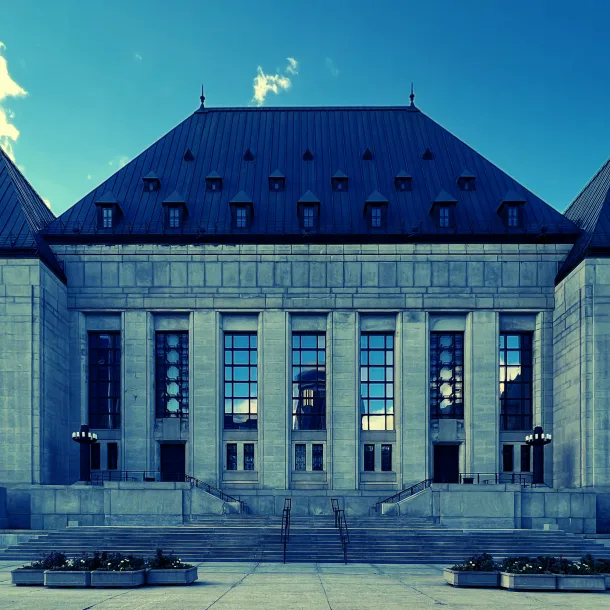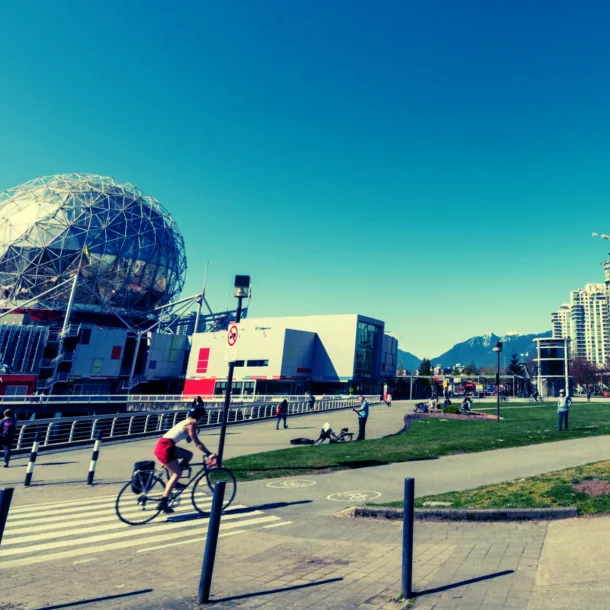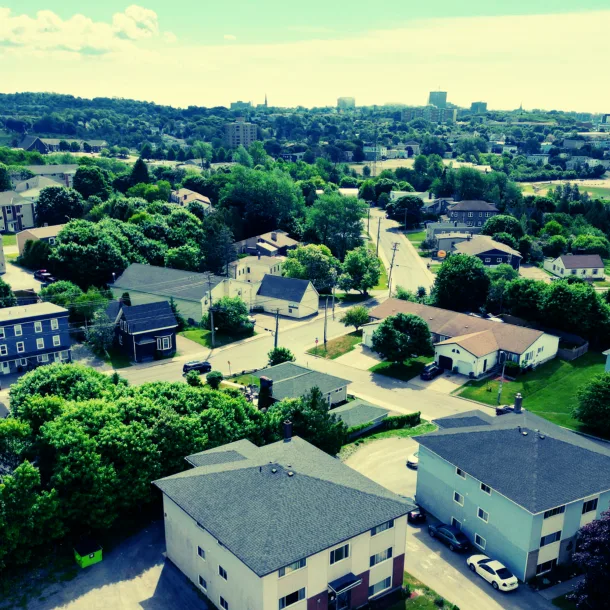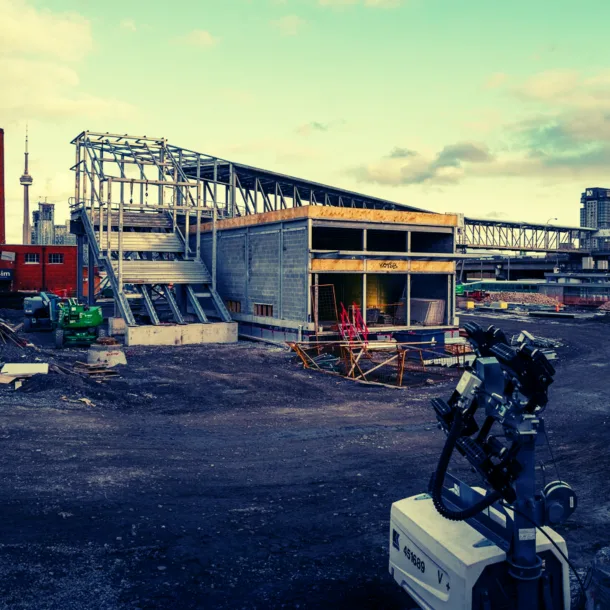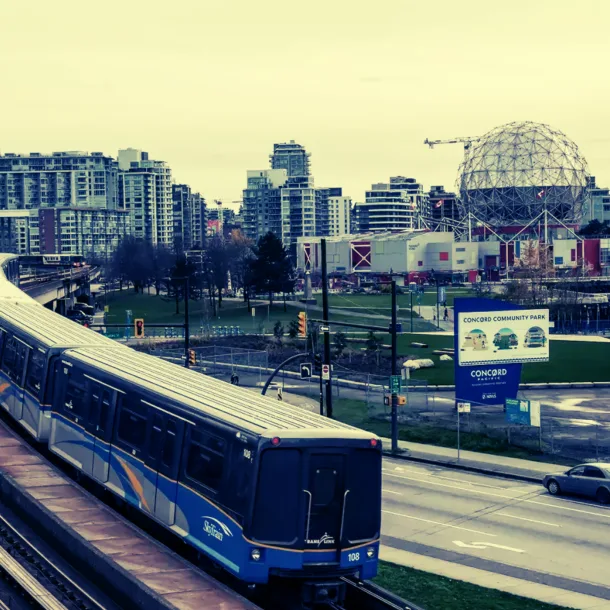This introductory chapter discusses the evolution of Canadian infrastructure policy since the WWII, outlines the critical role of infrastructure in economic productivity and innovation, and explores how civic infrastructure facilitates interaction across different income and ethnic groups.
- Kathryn Exon Smith, Senior Research Officer, School of Cities, University of Toronto
- Karen Chapple, Director, School of Cities and Professor, Department of Geography & Planning, University of Toronto
- Drew Fagan, Professor, Munk School of Global Affairs & Public Policy, University of Toronto
- Matti Siemiatycki, Director, Infrastructure Institute and Professor, Department of Geography & Planning University of Toronto




